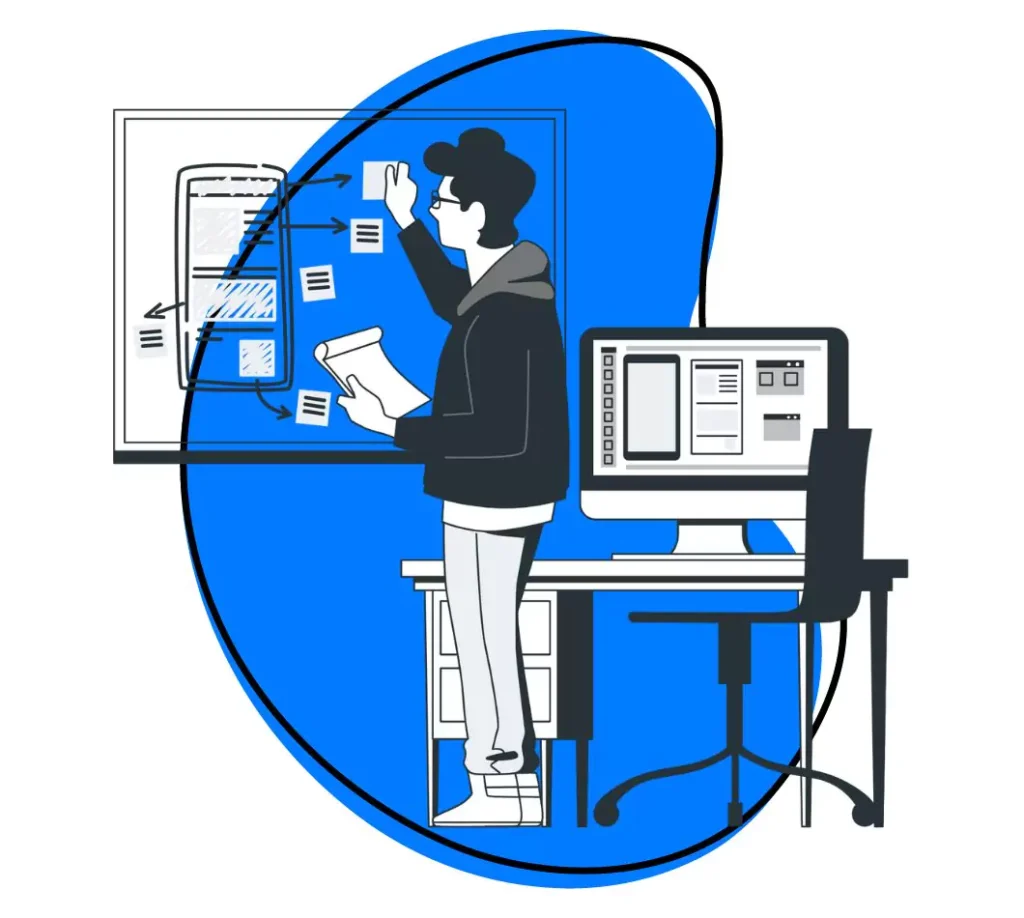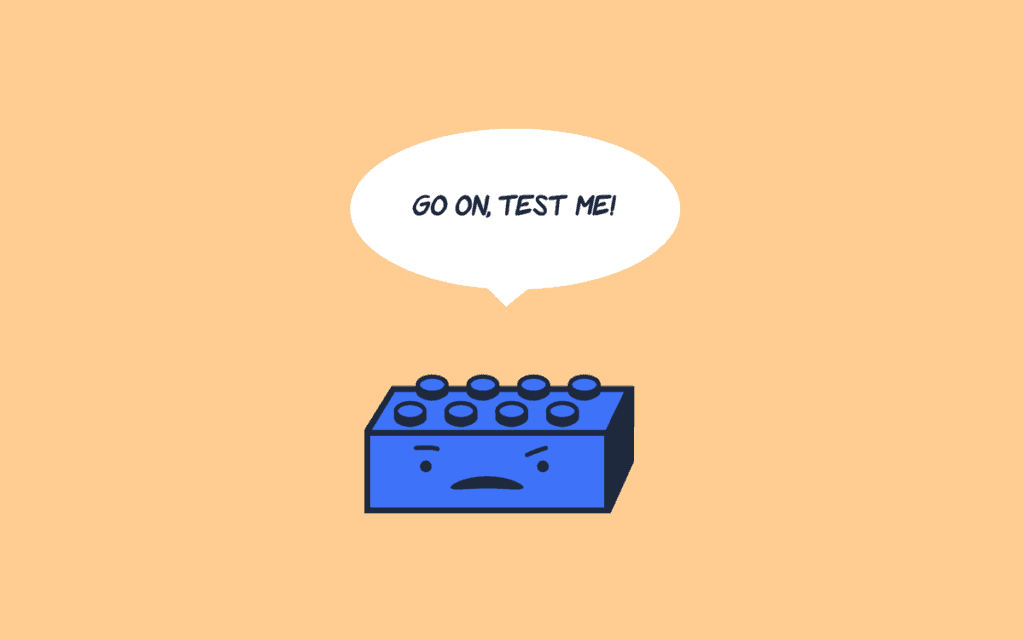Test Designers: The Unsung Heroes of Software
In the fast-paced world of software development, there is one role that often goes unrecognised – the test designer. While flashy titles like “software engineer” and “product manager” get all the hype, the humble test designer ensures new products work before they get shipped.
Without good testing, we'd have buggy, unstable, and insecure software everywhere. Can you imagine if major apps always crashed or websites had glaring security holes? It would be a digital disaster!
That's why test designers play a vital part in the software landscape. But who exactly are these unsung heroes? And what do they do that's so crucial?
Table of Contents
What is a Test Designer?

A test designer is responsible for planning, creating, and often executing tests for software applications and systems. Their goal is to uncover bugs, flaws, or other issues before releasing software to the public.
The work of a test designer sits alongside developers, product managers, designers and other roles. While those jobs focus on building the software, test designers focus on breaking it – in a controlled way, to find weaknesses.
It takes a unique mindset to be a great test designer. You need to think destructively, probing and poking at an app from every angle. What happens if I enter invalid data? How does it react to unexpected user behaviour? Can I bypass security in any way?
Unlike manual testers who simply follow established test cases, test designers must get creative in devising new test scenarios. It requires an investigative, problem-solving approach.
Why Test Design Matters
You might be wondering why software needs dedicated test designers. Can't developers just test their code?
The problem is that developers are inherently biased. When you spend months or years building a software product, you make assumptions about its use. You get a narrow perspective.
That's why an outside perspective is so powerful in testing. Dedicated test designers bring a fresh, impartial view without any assumptions.
Test designers also focus test coverage on the most critical areas – security, functionality, UX flows, integration points with other systems, etc. They know what tests best exercise user scenarios and reveal the most critical bugs.
Without test designers exploring these areas, many issues remain hidden once software gets deployed. The consequences can be severe, from minor annoyances to major outages and security breaches.
Good testing is between shipping solid, robust software and buggy, hackable software.
The Cost of Bad Testing
Insufficient testing makes it impossible to overstate how much money, time, and reputation can be lost. When you don't uncover issues before software ships, you get:
- Loss of customers: Bugs, crashes, and usability issues frustrate users, causing poor reviews/ratings and lowered software adoption.
- Loss of time: Development teams must go into firefighting mode, pulling people off other projects to fix issues. This leaves less time for innovation and new features.
- Loss of money: Not only from reduced sales and wasted development effort but also support costs dealing with user complaints and bug reports.
- Loss of trust: Software quality issues damage your brand's reputation with customers. They may be reluctant to try your following product.
- Loss of life: In mission-critical software like medical, automotive, or infrastructure, defects can even lead to loss of life in the worst case.
Proper testing aligns with the “ounce of prevention is worth a pound of cure” mantra. Find and fix bugs before releasing software to avoid higher downstream costs.
The Test Design Process

So, how do test designers work their magic? What does the process look like to plan and create good tests?
It starts by deeply understanding the software under test. Test designers need insight into its purpose, features, architecture, integrations, and target users. This knowledge informs the right testing strategies.
Next, test designers analyse risks to focus testing on the most critical areas. Security, core functionality, user workflows, and interfaces with other systems often top the risk priority list.
With areas of focus identified, test designers get creative in developing test cases. They dream up unusual data combinations, error conditions, security attacks, and illogical usage patterns – all the ways users could stress the system in the real world.
Organisations frequently engage software testing services to ensure their digital solutions meet the highest standards of quality and reliability. They leverage tools and frameworks for more automated testing where feasible.
Throughout this process, they constantly ask, “What could go wrong?” and develop hypotheses to validate. Great test designers have a sixth sense of surface issues early.
Traits of Effective Test Designers
Based on the importance of the role, what attributes make someone excel as a test designer? Here are the key traits of the best test designers:
- Curiosity: They have an investigative nature and passion for breaking things. Testing is puzzle-solving.
- Creativity: They think divergently to generate tests others wouldn't imagine. Strong out-of-the-box thinking.
- Technical understanding: They grasp the basics of software engineering to test effectively. They know common flaws and risks.
- Communication skills: They convey feedback clearly and tactfully, partnering with developers to fix issues.
- Organisation: They document tests thoroughly and track results meticulously. Disciplined process matters.
- User empathy: They understand users deeply to simulate real-world conditions during testing.
- Tenacity: They don't give up easily when probing complex systems. Meticulous attention to detail.
Test designers wear many hats – investigator, explorer, tinkerer, communicator, analyst. At their best, they blend creativity with technical insight to keep pushing software to its limits in their search for flaws.
How Test Designers Partner With Developers
For all their destructive talents, test designers don't work in opposition to developers. On healthy teams, they become close partners in building better software.
Test designers provide objective evidence of where software breaks, enabling developers to improve it. They amplify the abilities of developers by attacking problems from different angles.
By finding issues early in the development cycle, test designers save developers time and frustration that would otherwise be spent fixing bugs later. No one likes surprises just as they're about to ship!
Developers and test designers hone and strengthen software, making it more resilient for customers. Testing gives developers confidence that their hard work will succeed in the real world.
That's why many of the best developers have close ties with test designers. They recognise that well-designed tests complement solid engineering.
Testing Beyond Software
While test designers are most common in software, their skill set applies much more broadly. Any complex system or product that needs rigorous function validation can benefit from their thinking.
For example, test designers are becoming critical in fields like:
- Manufacturing: Testing components, subsystems, and reliability under different conditions.
- Automotive: Validating vehicle safety, performance, environmental resilience, and self-driving capabilities.
- Medical: Verifying accuracy and effectiveness of diagnostic equipment, devices, and digital health apps.
- Infrastructure: Stress testing bridges, roads, rail systems, power grids, and dams for safety and durability.
The testing mindset gives confidence in quality for virtually any complex system that needs to work reliably. Test designers can bring massive value to many industries.
Conclusion: Recognise the Testers!
Behind every successful software product, a disciplined, creative test designer asks: What could go wrong? Their work ensures customers get a positive experience using stable, secure applications.
So next time you appreciate a digital tool that just works, take a moment to recognise the test designer who helped make it possible! They are the silent guardians, continually pushing software to its limits in the name of quality.
The flashy roles may get all the attention, but test designers are the unsung heroes. Here's to more recognition for this vital part of the software ecosystem.
Frequently Asked Questions About Test Designers
What qualifications do you need to become a test designer?
Most test designers have backgrounds in computer science, software engineering, or quality assurance. Hands-on testing skills are valued more than formal education, in any case. Attention to detail and out-of-the-box thinking ability are essential.
What's the difference between a test designer and a QA analyst?
Test designers focus on creatively designing test scenarios, while QA analysts execute those tests and report results. Test designers tend to be more technical and involved earlier in development.
How is test design different from test automation?
Test design is the creative work of coming up with test cases manually. Test automation is writing code to run those test cases automatically. The two approaches complement each other.
Do test designers write code?
Some write code for test automation, system simulation, and utilities that assist in testing. But test design itself doesn't require programming beyond basic scripting skills.
What industries employ the most test designers?
Technology companies like software, consumer electronics, fintech, and cybersecurity employ many dedicated test designers. But their skills also apply to healthcare, automotive, aerospace, and other quality-focused fields.
